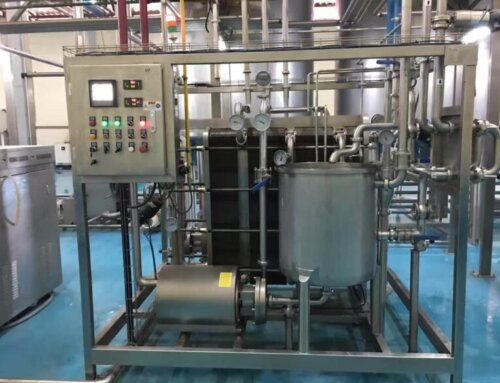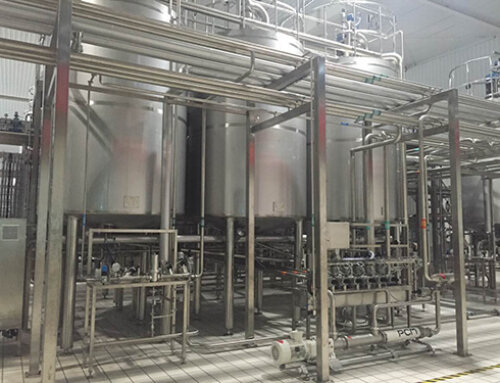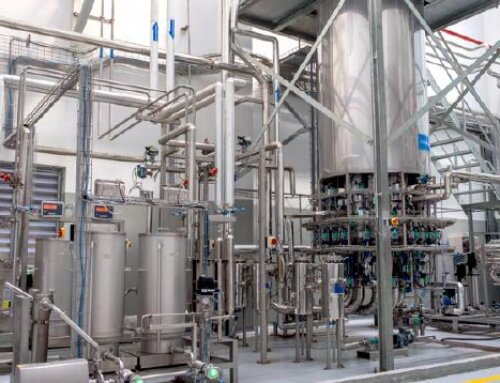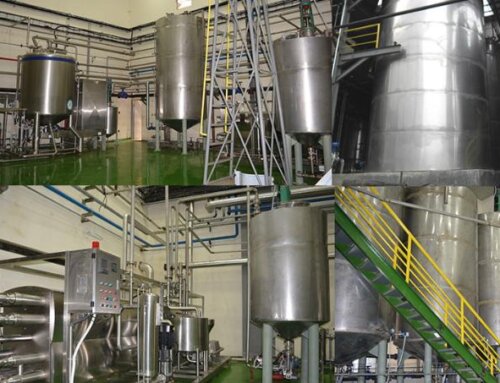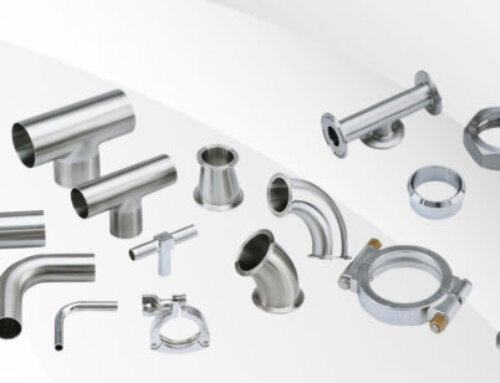Membrane Separation Technology Description
Membrane separation refers to the separation, classification and concentration of two or more groups of solutes and solvents using natural or synthetic organic or inorganic thin films, driven by external energy or chemical pressure difference.
In the fruit juice beverage industry, from the production of raw and auxiliary materials, drinking water treatment to the clarification and filtration of fruit and vegetable juices, membrane separation technology has played a crucial role. At present, the membrane separation technologies that have been industrially applied in the juice industry include reverse osmosis (RO), ultrafiltration (UF), microfiltration (MF), nanofiltration (NF) and electrodialysis (ED). Compared with traditional filtration and separation, membrane filtration has the advantages of shortening processing time, increasing juice yield, improving product quality, reducing the amount of enzymes, and eliminating the need for filter aids.
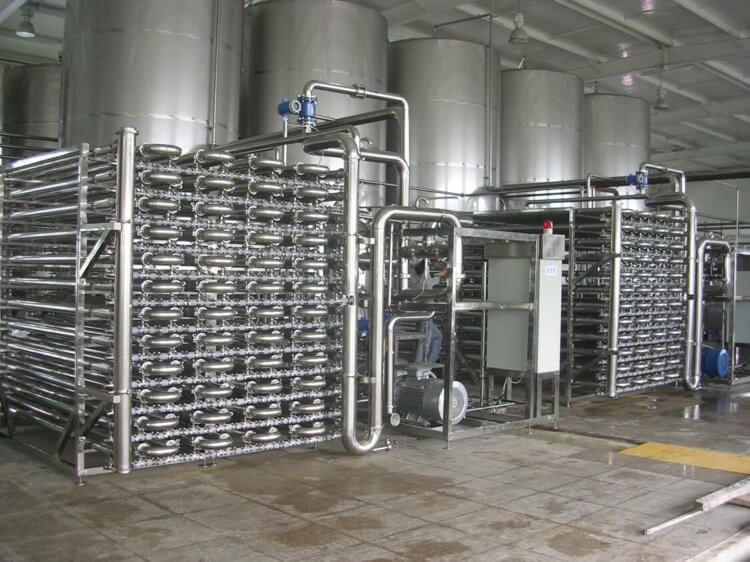
Membrane Separation Technology Advantage
Since the 1980s, membrane separation technology has been continuously expanded and developed, and the level of industrial application has been continuously improved, which has been widely used in the juice processing industry. Compared with other separation technologies, membrane separation technology has the following features and advantages:
- Membrane separation is to separate materials at room temperature, so the loss of nutrients in materials is very small, especially suitable for the separation, classification and concentration of heat-sensitive substances.
- There is no phase change in the membrane separation process, and the loss of volatile components such as aromatic substances is less, and the original aroma and flavor of the material can be maintained.
- Compared with the separation technology with phase change, the membrane separation process is a more energy-saving separation technology, such as reverse osmosis concentrated juice, the energy consumption is only 1/17 of vacuum evaporation.
- The membrane separation process has strong adaptability, good selectivity, and a wide range of applications, from microbial cells to particle-level and even ionic-level substances. It can be used for separation, concentration, purification, clarification and other processes.
- The membrane separation process is carried out in a closed system, which greatly reduces the oxidation of materials, and can preserve the easily oxidized vitamin C in the juice to the greatest extent.
- The membrane separation technology does not use chemical agents or additives, and the pollution degree of the product is small, and it can be produced continuously or in batches.
Introduction of Membrane Filtration Technology in Juice Application
Ultrafiltration system
The particle size range of ultrafiltration membrane intercepted is 0.05μm -1nm, and the pressure difference used is 0.1-0.5MPa. This technology is widely used in the clarification of fruit juice or Chinese herbal medicine, whey protein recovery in the dairy industry, clarification sterilization and ripening of wine, gelatin concentration, etc. The traditional juice clarification process mainly includes centrifugal separation, enzymatic hydrolysis, diatomaceous earth filtration, etc. When these methods are used, the heating time is long, and it is difficult to filter thoroughly with diatomaceous earth, secondary precipitation caused by substances such as protein and phenol can easily cause quality problems. The use of ultrafiltration technology can basically replace the enzymatic degumming clarification and filtration process, effectively simplify the industry, shorten the clarification time to 2-4h, reduce the loss of juice by 2%-3%, shorten the production time by 1/2, and reduce the labor force by 2/3.

Reverse osmosis system
The particle size range of the reverse osmosis membrane intercepted is 0.1-1nm. It is widely used in the production of pure water filtration, fruit and vegetable juice, and milk concentration. It has the characteristics of low energy consumption, high water quality, and convenient equipment use and maintenance. In the traditional production of concentrated fruit juice, multi-stage vacuum evaporation and concentration are usually used. During the heating process, the aromatic substances in the fruit and vegetable juice are volatilized, which leads to the deterioration of the fruit and vegetable juice flavor and color change. In addition, the energy consumption and cost are high. Reverse osmosis technology used in evaporation can effectively preserve the flavor and nutrients of fruit and vegetable juices, reduces energy consumption and is easy to operate. Because the concentration ratio depends on the osmotic pressure of fruit and vegetable juice, in order to improve efficiency, reverse osmosis technology is now used, which can improve the concentration rate of fruit juice.
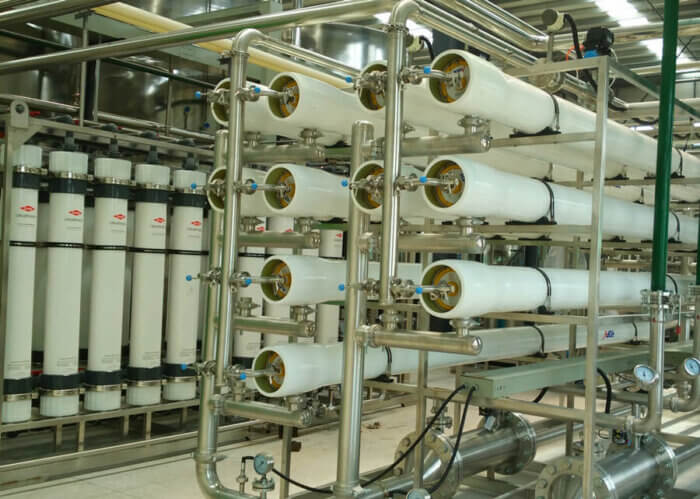
Nanofiltration system
The nanofiltration membrane intercepts substances with a particle size range of about 1 nm, which is a new type of pressure-driven separation membrane between reverse osmosis and ultrafiltration membranes. The operating pressure is 0.5-2.0MPa. The membrane can retain small molecular organics and dialyze out salts at the same time. It integrates concentration and dialysis. It has great application potential in the separation and purification of industrial fluids in food, pharmaceutical, and biochemical industries.

Micro filtration system
The particle size range retained by the microfiltration membrane is 0.02-10μm, and the pressure difference used is 0.01-0.2MPa. It is used to remove suspended solids in the solution and retain bacteria, solid particles, organic colloids and other impurities in the liquid. Mainly used for air filtration, sterile filtration, pre-filtration of solution and filtration of fermentation broth, sterilization of juice and milk, etc.

